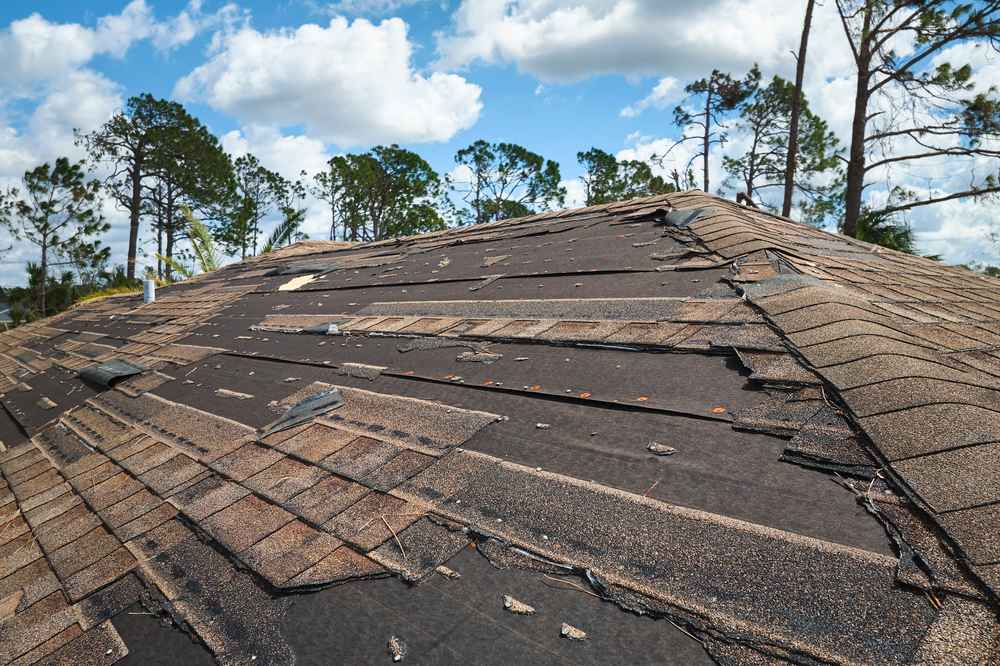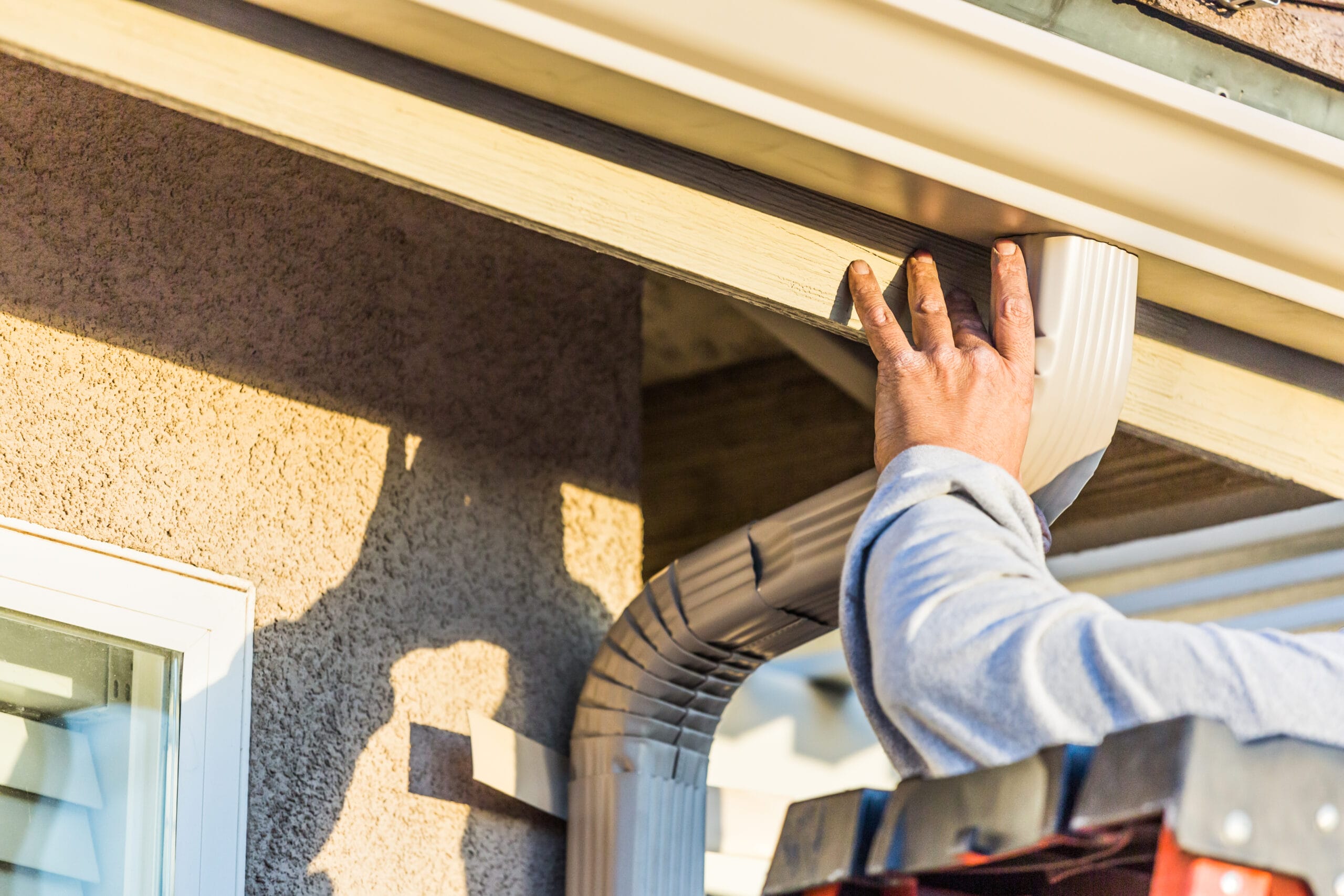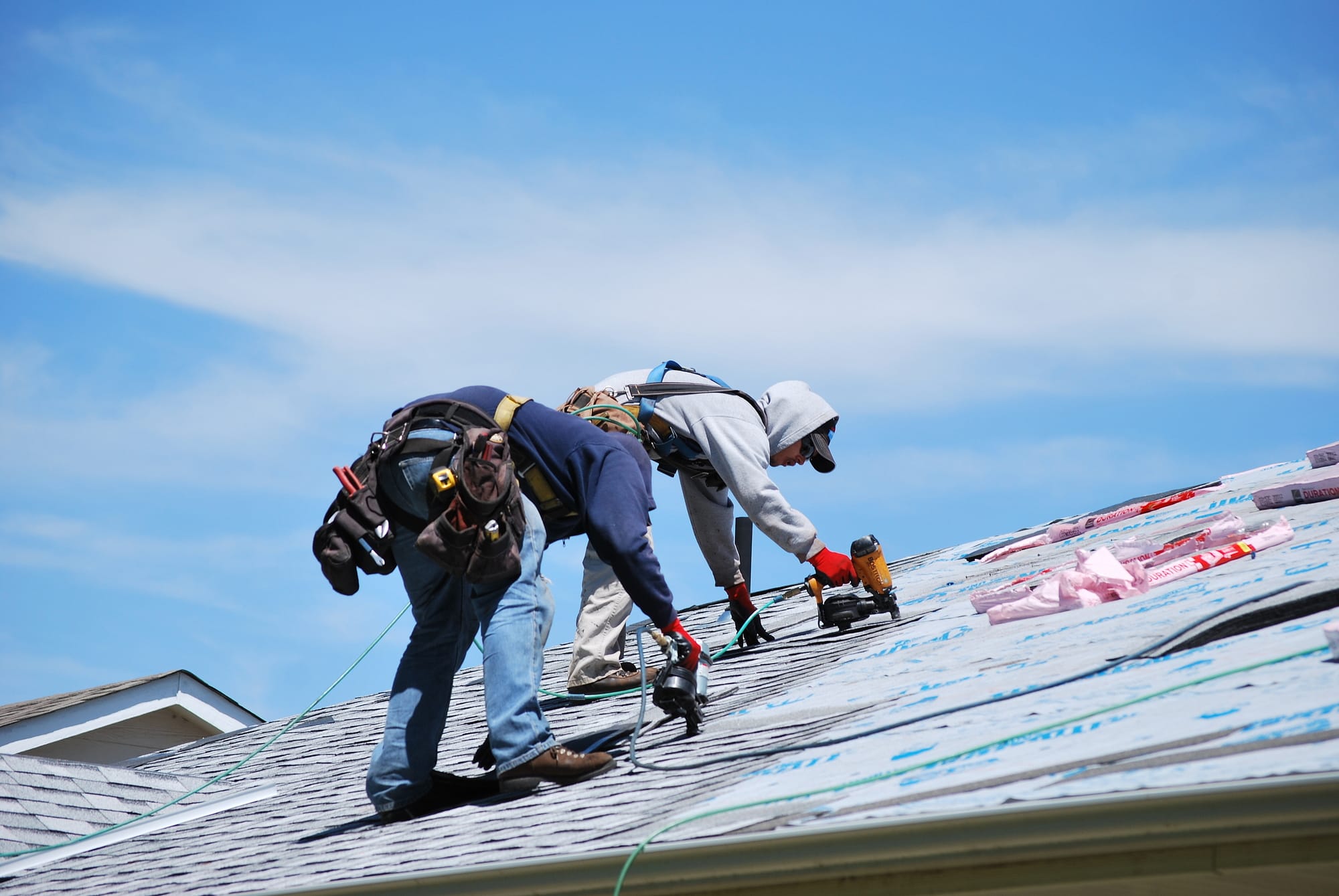Many people are concerned about energy efficiency and environmental sustainability but only sometimes know what we, as homeowners, can do to make our homes more energy efficient. This article will discuss choosing five energy-efficient roofing materials to help you save money while reducing your carbon footprint.
Why focus on Roofs?
Energy-efficient roofs are the best way to save energy, reduce energy bills, and keep the home comfortable in summer and winter. Rooftop temperatures can reach 150 degrees or more on sunny days. This heat is transferred into your attic and, ultimately, your home, increasing the need for air-conditioning. The type of material used for your roof helps decrease demand for air conditioning in the house as there are materials that can reflect the heat. Different materials to absorb and reflect the heat transfer less heat to the attic. This leads to lower energy consumption and CO2 emissions, which is good for the environment.
Improved attic ventilation can also help to lower attic temperatures and to remove excess moisture. A reputable roofing company can advise you on the most appropriate vent to install in your attic.
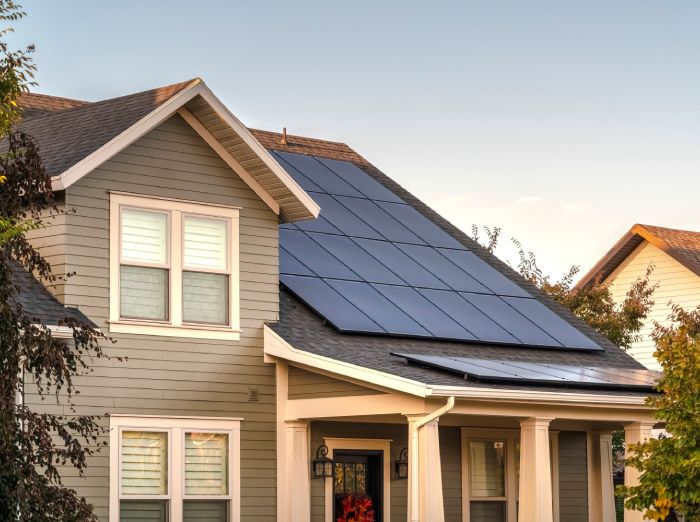
A Cool Roof
A cool roof is a roof that reflects sunlight and cools itself by emitting heat. The roof stays cooler and reduces the heat conducted into the building. Any energy-efficient roof can qualify as a cool roof. A cool roof stays cooler more than 50°F than a non-reflective roof and has several advantages:
- Reducing the Energy bill by decreasing air conditioning needs.
- Supporting older inefficient air conditioners to provide adequate cooling for a building.
- Qualifying for money rebates from utilities or government programs.
- Improve indoor comfort and safety for spaces that are not air-conditioned.
- Decrease the requirement for new or oversized air conditioners.
- Decrease roof temperatures – extending the roof service life.
- Lower local outside temperatures.
- Slow the formation of smog from air pollutants.
The top five energy-efficient roofing materials to use are discussed below.
Five Best Energy-Efficient Roofing Materials
Metal
The number one choice by far is metal. It is not the old tin roofs but modern metal roofing. It works as a mirror and reflects the sun’s energy instead of absorbing it. This heat reflection maintains the constant temperature inside the home. Metal has a lower thermal mass than asphalt shingles or clay tiles, meaning it does not store heat from the sun for as long. The house remains cooler in summer, and the air conditioner does not have to work as hard, saving on energy bills. It is durable, and the typical lifespan is 40 to 70 years, requiring very little maintenance. Metal can come with a cool roof coating applied for light and dark-colored roofs. It is easier to install with a snap lock mechanism and can save time when constructing or remodeling your home.
Asphalt Shingles
Asphalt shingles are the most common type of roofing materials used on homes. Asphalt is used for waterproofing and is one of the most widely used roofing covers in the US. In the past, they have been the most non-reflective and heat-absorbent. Still, in recent years, they have changed with technology to be more energy-efficient than before, as the new line of shingles has been manufactured with solar reflecting granules. The luxury shingles are the highest quality asphalt shingles available and offer a unique appearance that differs from traditional shingles. These shingles last about thirty years and have an increased wind resistance due to their weight.
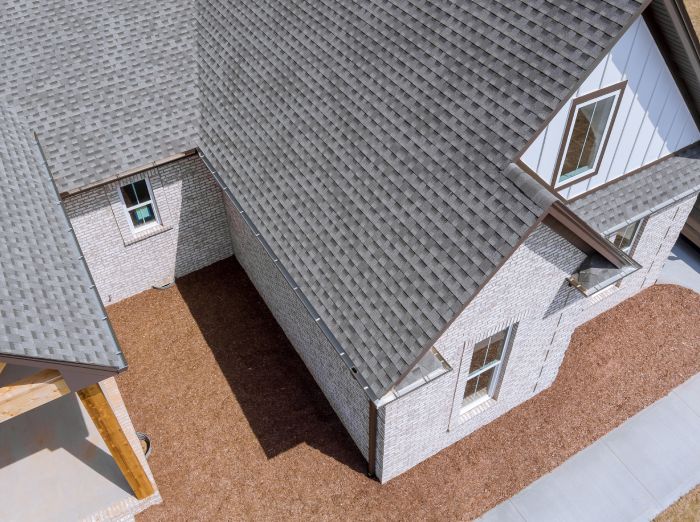
Clay and Concrete Tiles
Clay and concrete tiles have been used as roofing for centuries. They are durable and low maintenance but offer excellent thermal mass to regulate indoor temperatures. Clay and concrete tiles are known for absorbing and storing heat during the day and releasing it slowly during the night, creating a more stable indoor environment. These tiles have been used for their aesthetic value in different styles and colors. They can be pre-treated to maximize heat reflectivity. Air can flow under the clay tiles, adding to the ability to release absorbed heat. Concrete and clay tiles come with a glaze reflecting the sunlight. The main difference between clay and concrete tiles is in their composition. The choice between the two will depend on your location, house style, and budget. Clay tiles vary in price but are roughly 20% more expensive than concrete tiles and are considered more energy-efficient than concrete roof tiles – especially in hot climates.
Solar Roofs
A solar roof is comprised of both glass solar tiles and steel roofing tiles. The difference between solar roofs and solar panels is the relationship between the whole roof covered with solar tiles or only parts with solar panels. Solar roofs are constructed with integrated materials that convert sunlight into electrical power rather than placing the panels on top. The glass solar tiles produce clean energy, while the steel adds longevity and corrosion resistance to the roof. Solar shingles are, therefore, the ideal roofing option for a more energy-efficient roofing material. Although more expensive, they offer energy efficiency and generate energy. They act like a typical solar panel with the appearance of a regular roof. Solar shingles are suitable for any roof type.
Shingles of Various Compositions
Various roof shingles are available with different properties – affordability, eco-friendliness, appearance, and benefits. Here are some alternative shingles that are energy efficient.
Shake Shingles are technically not shingles but cedar shake roofing that is very energy-efficient, and the wood is a natural insulator. This will help the cold and hot air to stay in your home rather than leak out.
Composite tiles or shingles refer to roofing made from a mix of materials, including fiberglass, asphalt, recycled plastic, and other sustainable material. These are lightweight, durable, and cost-effective. It requires minimum maintenance and is fire, impact, and wind resistant.
Rubber Shingles are made of recycled tires, rubber, and other recycled plastics. Rubber shingles are durable and affordable. They are mold, pests, harsh weather and breaking resistant, but limited availability.
Copper shingles are attractive, lightweight, and durable. It is significantly more expensive than other roofing materials but lasts for 70 or more years with minimal maintenance. Copper radiates and absorbs less heat compared to other roofing materials. The reflective property allows the metal to reflect sunlight, keeping the home cooler during summer.
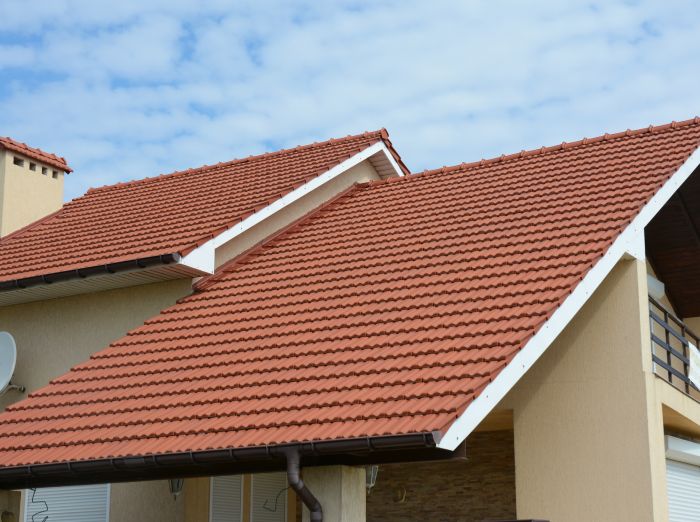
When considering roofing materials for your home, it is essential to think beyond aesthetics and focus on the energy efficiency that can benefit yourself and the environment. Investing in an energy-efficient roof will put money in your pocket and reduce your carbon footprint, with a more comfortable and sustainable home for years. Contact Phoenix Roofing & Solar for all your roofing needs – replacement, new roof, repairs, or updating to an energy-efficient roof.

